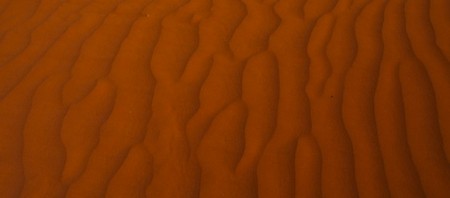

To supplement our work on the fundamental needs of humans, we can add James Mollison’s poignant pictures in his book, Where Children Sleep. It ties in well with the Diverse China pictures.
You can find more of his images in LIFE.
Even without the text descriptions, the pictures are wonderfully composed and evocative. I think I’m going to have to add this one to our library.
An interesting project would be to have my students take their own pictures of their rooms. Just in the book, some of the contrasts are quite startling.




